The Challenge of Cross-Specialty Coordination
Women’s health rarely happens in isolation.
An OB/GYN patient might need endocrinology support for PCOS, mental health care for postpartum recovery, or cardiology evaluation during pregnancy.
For growing women’s health networks, ensuring these care transitions happen smoothly is critical—but manual coordination makes it hard to maintain consistency across multiple specialties, EHRs, and facilities.
AI bridges those gaps by synchronizing communication, documentation, and task management across teams—making collaboration effortless and patient care continuous.
The Barriers to Multi-Specialty Collaboration
Even the best-intentioned networks struggle with coordination due to:
- Fragmented EHR systems that don’t communicate well.
- Duplicated data entry and inconsistent documentation.
- Delayed communication between providers or departments.
- Missed follow-ups when referrals aren’t tracked.
These barriers lead to redundant testing, treatment delays, and fragmented patient experiences.
AI unifies these workflows—automating communication and data sharing so providers can collaborate without friction.
How AI Enables Multi-Specialty Collaboration
AI-powered workflow automation connects each stage of the care journey across providers, specialties, and locations.
Here’s how:
1. Unified Patient Data and Visibility
AI consolidates patient data from multiple sources into a single, accessible view.
- Syncs EHR notes, lab results, and imaging reports automatically.
- Highlights relevant history for each specialty.
Result: Every provider sees the full picture—no data silos.
2. Automated Inter-Specialty Referrals
AI detects when a referral is needed and routes it instantly to the correct department or partner.
- Uses clinical triggers (e.g., abnormal labs or diagnosis codes).
- Auto-populates referral forms with patient and payer info.
Result: Seamless handoffs between specialties with zero delay.
3. Shared Task and Communication Workflows
AI coordinates care tasks across specialties—follow-ups, results review, and treatment updates.
- Assigns and tracks responsibilities automatically.
- Sends real-time updates to relevant teams.
Result: Collaborative care that stays aligned and accountable.
4. Intelligent Documentation and Summaries
AI generates cross-specialty summaries after visits or consults.
- Standardizes documentation across departments.
- Ensures each provider receives only relevant details.
Result: Cleaner communication, faster decision-making.
5. Outcome Tracking and Analytics
AI measures how patients move through the network—tracking referral completion, visit frequency, and care outcomes.
- Identifies workflow bottlenecks.
- Supports quality reporting and population health insights.
Result: Data-driven collaboration that improves both care and efficiency.
Why Multi-Specialty Collaboration Matters in Women’s Health
Women’s health is inherently interdisciplinary.
Conditions like infertility, PCOS, endometriosis, or menopause management often require multiple specialists working in concert.
AI makes that collaboration practical and scalable by:
- Centralizing patient data.
- Automating communication between teams.
- Tracking progress and outcomes in real time.
- Reducing redundant effort across providers.
The result: cohesive, high-quality care that follows the patient—not the paperwork.
How Honey Health Unifies Multi-Specialty Workflows
Honey Health’s AI platform connects every part of the care ecosystem—referrals, documentation, billing, and follow-up—across all specialties within a women’s health network.
With Honey Health, organizations can:
- Share real-time updates across departments automatically.
- Route referrals and tasks to the right specialists.
- Generate collaborative documentation with AI summaries.
- Track patient progress and outcomes across multiple care lines.
By integrating directly into EHR and communication systems, Honey Health ensures every team works from the same, complete, and current data.
From Fragmented Care to True Collaboration
AI turns multi-specialty coordination from a manual maze into a connected ecosystem.
Providers gain visibility, patients experience continuity, and organizations unlock efficiency at scale.
With Honey Health, collaboration isn’t just easier—it’s automated.
The result is smarter teamwork, better outcomes, and a unified approach to women’s health.

